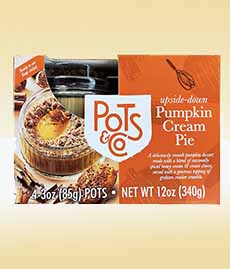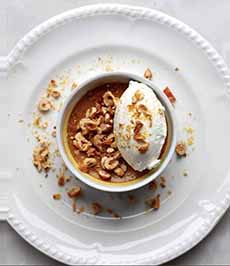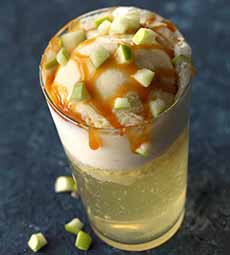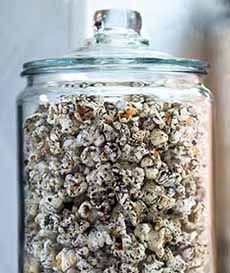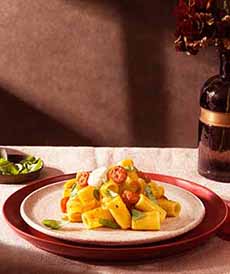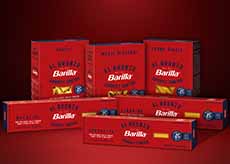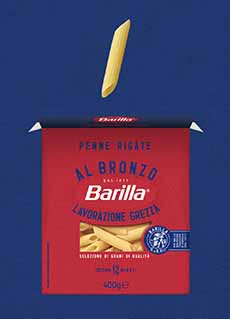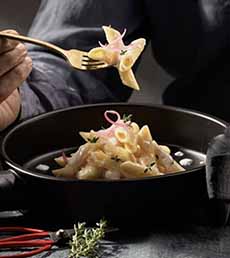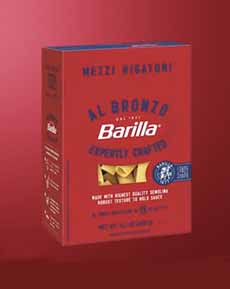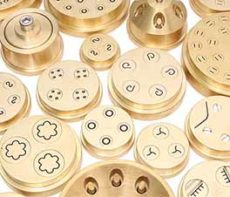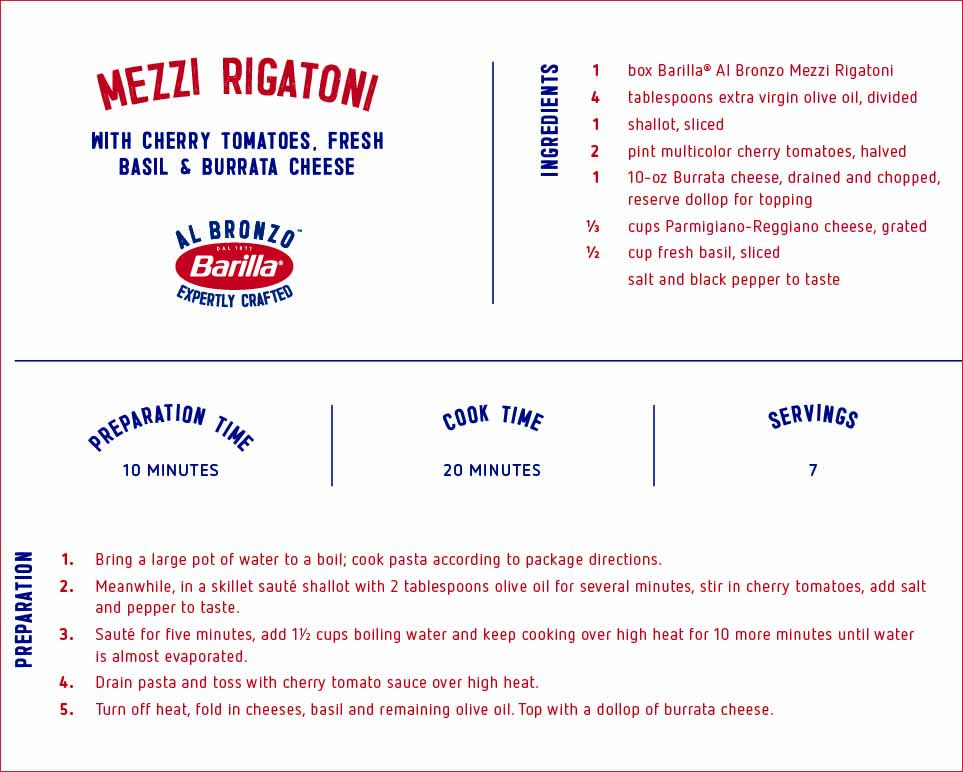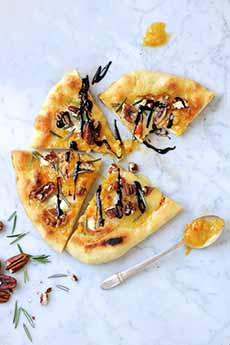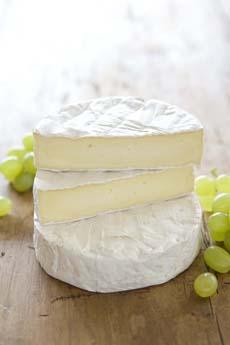|
National Pasta Day is October 17th, and our Top Pick Of The Week is a wonderful new pasta from Barilla, the world’s largest pasta maker.
INTRODUCING BARILLA AL BRONZO
Barilla has launched a new line of dried pasta called Al Bronzo. The name references the bronze dies that the line uses to extrude the pasta dough (i.e., form it into shapes).
Why bronze? A bit of background on pasta production:
To make pasta shapes, the dough is forced through dies (photo #5). Each type of pasta uses a specific die which gives that cut its shape.
But at the beginning of pasta-making (perhaps as far back as 1700 B.C.E., in China), there were just long strands of flat pasta.
The dough was rolled flat by hand and cut into long, noodles of varying widths—what today we’d recognize as capellini, linguine, fettuccine, and pappardelle.
Then, around 1600 (during the Italian Renaissance), pasta artisans in Naples figured out how to make mechanical dies to shape pasta, extruding the dough through the dies. This led to factory production: the ability to produce more pasta, more efficiently.
These dies were usually made of solid copper (and later, a more durable bronze alloy [source].
Dies were a game changer: Instead of long strands of flat noodles, people could enjoy many different shapes of pasta.
Just some of them: bow ties (farfalle), corkscrews (fusilli), quills (penne), wagon wheels (ruote)—not to mention round strands like angel hair, bucatini and spaghetti.
Thanks to dies, there are more than 600 pasta shapes today, grouped into shapes with a specific purpose: for baking in casseroles, for holding sauce in their ridges, soup pasta, stuffed pasta, etc. [source].
> The history of pasta.
> The different shapes of pasta: a Pasta Glossary.
WHY AL BRONZO IS DIFFERENT FROM MOST MODERN PASTA
The texture created by the bronze dies was rustic—rough rather than smooth, and a bit more porous. That was a good thing: The sauce stuck to the pasta.
But the advent of Teflon®, first sold commercially in 1946, enabled big changes in manufacturing.
Large-scale pasta makers switched to Teflon dies, which are more durable and less expensive than bronze.
But the dough forced through Teflon creates pasta that is smooth and shiny. Is that a problem?
Yes: Smooth and shiny doesn’t have the rough grip to hold the sauce to the pasta. Often, the sauce slides right off.
But Teflon dies enabled the price of pasta to come down, and even Italians who grew up with bronze-extruded pasta embraced the affordability.
(Most artisan producers continued to use bronze dies. There are fine imported brands, like Rustichella d’Abruzzo.)
Barilla has gone old-school and created the Al Bronzo line of pasta using bronze dies.
And they’re not just any bronze dies. Using modern technology, the dies are mico-etched on the inside to provide even more roughness.
The result is pasta with a rough texture that cooks up al dente to a robust, toothsome texture and an extraordinary sauce grip. (Al Bronzo is also made a bit thicker to create a great “chew.”)
As Barilla notes, “It’s the perfect balance of geometry, thickness, and dimension [that] gives an exceptional taste experience.”
And while it’s a bit pricier than Teflon-die pasta, it’s very affordable, with a suggested retail price of $2.99 per box. (Rustichella d’Abruzzo is $6.99 and up).
IT’S ALSO ABOUT THE WHEAT
Pasta is made from semolina, the coarse, purified wheat middlings* of durum, a variety of wheat that’s high in protein and gluten and ideal for making pasta (and bread, too).
But just as there are different varieties and qualities of apples, coffee, or whatever, there are different varieties and qualities of durum wheat.
Another advance in the creation of Al Bronzo is that Barilla experimented with different types of durum until it found the semolina that makes the best Al Bronzo.
The result, as we’ve noted, is magnifico.
GET YOUR AL BRONZO PASTA
As of October 17th, Barilla Al Bronzo variety packs will be available on Amazon.
The Al Bronzo line includes the six most popular cuts: bucatini, fusilli, linguine, mezzi rigatoni, penne rigate, and spaghetti.
There will be a subsequent roll-out at retail, but to try the pasta now, head to Amazon. (We’re sure you’ll head back for more.)
The pasta is also available for a limited time at the restaurants in Nordstrom’s stores, which are serving three delicious recipes created by Barilla: squash and pancetta penne, spaghetti and meatballs, and a stir-fry style sweet and spicy steak.
Delicioso!
|

